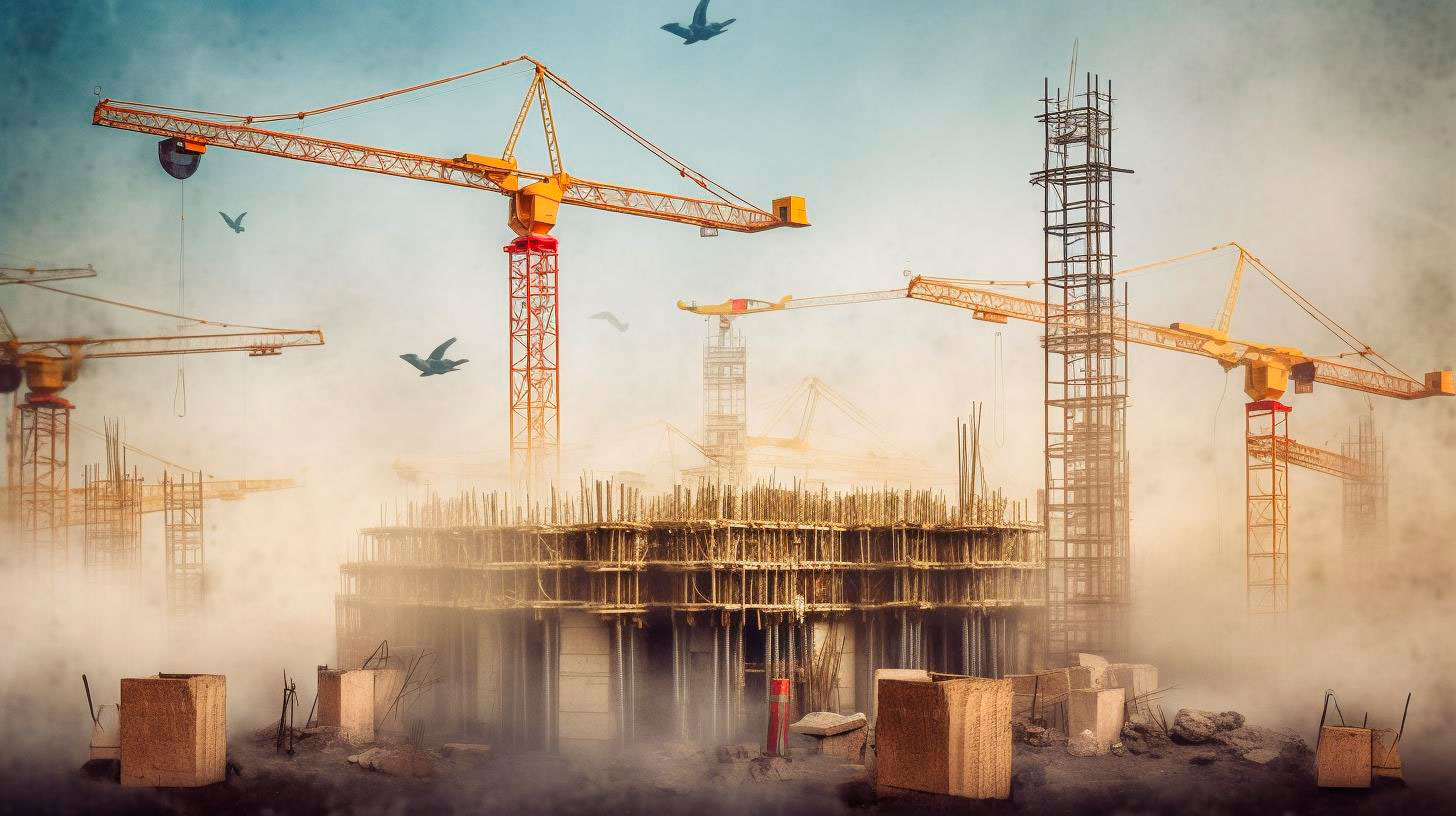Wind Turbines for Disaster Resilience Power Generation in Emergency Situations
To address this issue, innovative solutions are being developed to provide emergency power generation in such situations. One such solution is the use of wind turbines, which harness the power of the wind to produce electricity.
How Wind Turbines Work
Wind turbines are large mechanical devices equipped with blades that capture the kinetic energy from the wind. As the wind blows, it causes the blades to rotate. The rotation of the blades then drives a generator that produces electricity. This renewable energy source is clean, sustainable, and readily available, making it an excellent choice for emergency power generation.
When integrated into disaster resilience strategies, wind turbines offer several key advantages:
-
Reliable and Independent Power Source:
Wind is a constant force of nature, making it a reliable and consistent source of energy. With wind turbines in place, communities can tap into this energy resource, even when traditional power grids are down.
-
Quick and Easy Deployment:
Modern wind turbines are designed for rapid deployment and can be installed in a matter of hours. This quick response time is crucial in emergency situations where immediate power generation is needed.
-
Low Maintenance and Operating Costs:
Once installed, wind turbines require minimal maintenance. Unlike traditional power plants, wind turbine systems do not rely on fuel, reducing operating costs significantly.
-
Reduced Carbon Footprint:
Wind energy is a clean and sustainable power source that produces zero greenhouse gas emissions. By utilizing wind turbines for emergency power generation, communities can reduce their carbon footprint and contribute to a greener future.
The Role of Wind Turbines in Emergency Situations
In emergency situations, wind turbines can play a vital role in facilitating disaster resilience and efficient power generation. Here’s how:
-
Powering Essential Services:
Hospitals, emergency shelters, and communication centers are critical facilities that require consistent power supply during disaster situations. Wind turbines can provide reliable electricity to keep these services operational.
-
Fuel Independence:
In situations where fuel supplies are limited or inaccessible, wind turbines offer a sustainable alternative. This reduces dependence on fuel transportation, freeing up resources for other vital operations.
-
Local Economic Development:
Wind turbines can also contribute to the economic development of communities affected by disasters. They create job opportunities and promote the growth of a local renewable energy sector, which is vital for long-term recovery.
-
Enhanced Community Resilience:
By incorporating wind turbines into disaster resilience plans, communities become more self-sufficient and less reliant on external power sources. This helps them withstand the immediate aftermath of a disaster and speeds up the recovery process.
Case Study: Wind Turbines in Post-Disaster Puerto Rico
A striking example of wind turbines’ positive impact in disaster-stricken areas is Puerto Rico following Hurricane Maria in 201 The hurricane caused massive power outages, leaving many communities without electricity for months. As part of the recovery efforts, small-scale wind turbine systems were installed in various locations across the island.
These wind turbines provided immediate power to critical facilities like hospitals, schools, and water treatment plants. The quick deployment and reliable energy generation significantly aided in the recovery and rebuilding process, ensuring continued services and a sense of normalcy for the affected communities.
Conclusion
As natural disasters become more frequent and severe, the need for resilient power generation solutions becomes increasingly important. Wind turbines offer a reliable, sustainable, and cost-effective way to generate electricity in emergency situations. Their quick deployment, low maintenance, and fuel independence make them an appealing choice for disaster resilience plans.
With wind turbines as part of their emergency preparedness strategy, communities can enhance their ability to respond to and recover from disasters more efficiently. By embracing this renewable source of power, we contribute to a greener and more sustainable future for all.
Sources:
- U.S. Department of Energy: https://energy.gov/eere/wind/how-do-wind-turbines-work
- Renewable and Sustainable Energy Reviews: https://www.sciencedirect.com/science/article/pii/S1364032110003304
